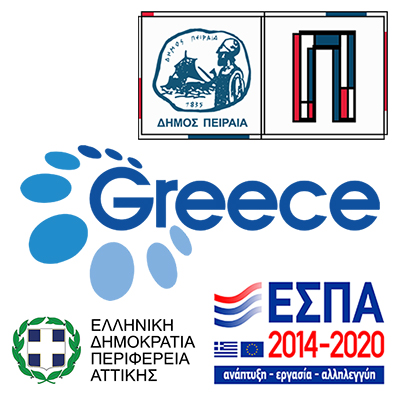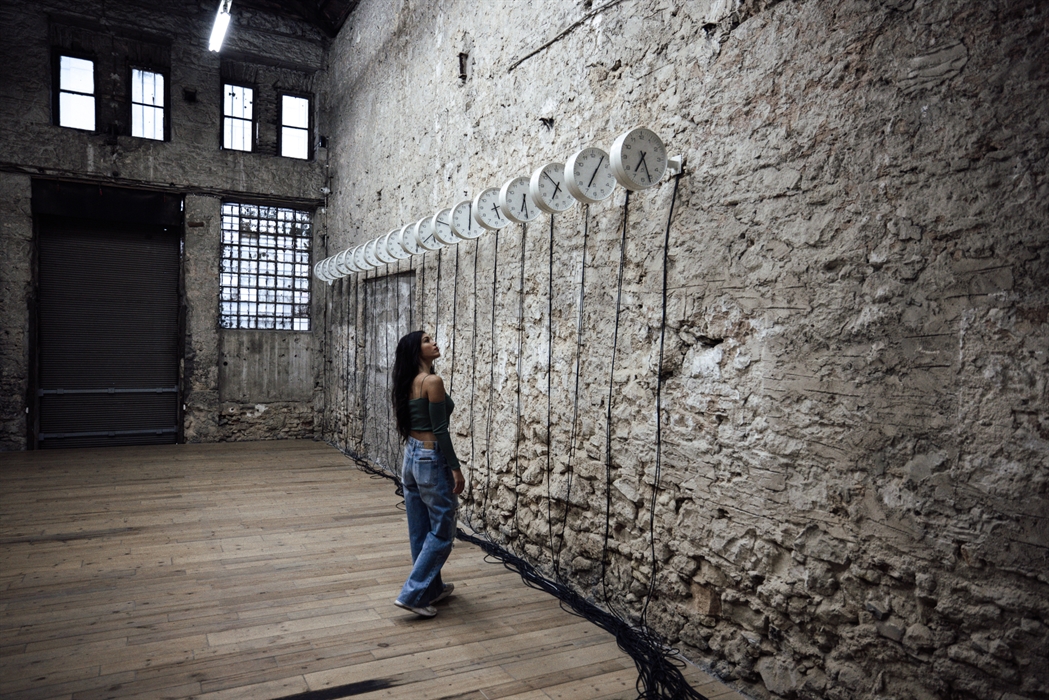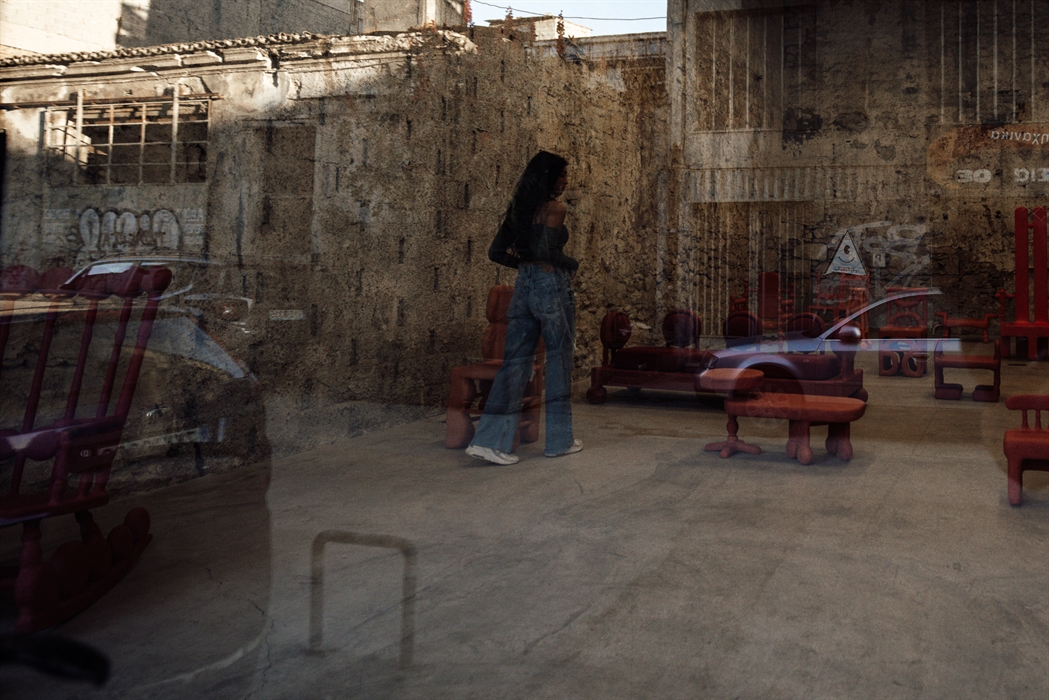Who would have thought that amidst abandoned factories and warehouses in one of the most developed industrial zones of the 19th and 20th centuries, modern art would find its place in the 21st century? But it happened! The areas near the port and Akti Kondyli started becoming an exciting cultural destination. Galleries and multipurpose venues (where original events are organized) are concentrated in the area of Agios Dionysios and Papastratiou - mainly on Poludeukous, Kastoros, Mesologgiou, and Gravia streets.
Remarkable are not only the exhibitions but also the large high-ceilinged stone buildings (former warehouses or machine shops) that house them. The intervention with modern materials is evident, yet gallery owners and architects respect and honor their industrial architecture.
The openings of these spaces brought the former industrial zone into the spotlight and garnered admiration from visitors, artists, critics, architects, and decorators.
If you come at night, the closed old warehouses, tightly embraced, silent, beneath the light of old lanterns, will transform right before your eyes into a unique cinematic setting that seems to be taken from a Scorsese film.
Information…
By recognizing the neighborhood's potential, the Municipality of Piraeus will implement an impressive urban intervention program aimed at transforming the area of Agios Dionysios into the most modern and friendly part of Piraeus around the port. It includes a series of comprehensive regeneration measures on twelve streets.
From the 'Greek Manchester' to contemporary art
Machine shops, foundries, brass and ironworks, wheelwrights, and other factories and industries became the allies of the longevity of the ships of the developing port of Piraeus and the Athens-Piraeus railway. They were located in the so-called neighborhood of the factories. Polydeukous, Dragatsaniou, Gravia, Papastratou, and all the surrounding streets defined it. After World War II, the neighborhood of the factories continued to operate, but in the decades of the 1980s and 90s, deindustrialization began. As the central port of Piraeus became purely passenger-oriented, some businesses closed, and others were relocated. Only a few small industrial and mainly artisanal units remained, very few machine shops, and warehouses. Thus, those who strolled then on the streets above Kondyli coast, from Agios Dionysios to Retsina Street, now discovered only remnants of the once glorious industrial past of the city: ruined stone buildings in a row, with pitched roofs and iron doors, covered with ivy and graffiti...
But things have changed. And Piraeus, in turn, follows the examples of other deindustrialized areas in the world that live again with a completely different "face" in our century. Like SoHo in New York, Leith in Edinburgh, the deindustrialized area of Bilbao where the Guggenheim was raised, the Docklands of London, and the Halles of Paris.Entertainment, commerce, and culture now go hand in hand.


Get in touch with us
For any question
Municipality of Piraeus / Department of Tourism, Region of Attica, Greece
Designed and created by ...



